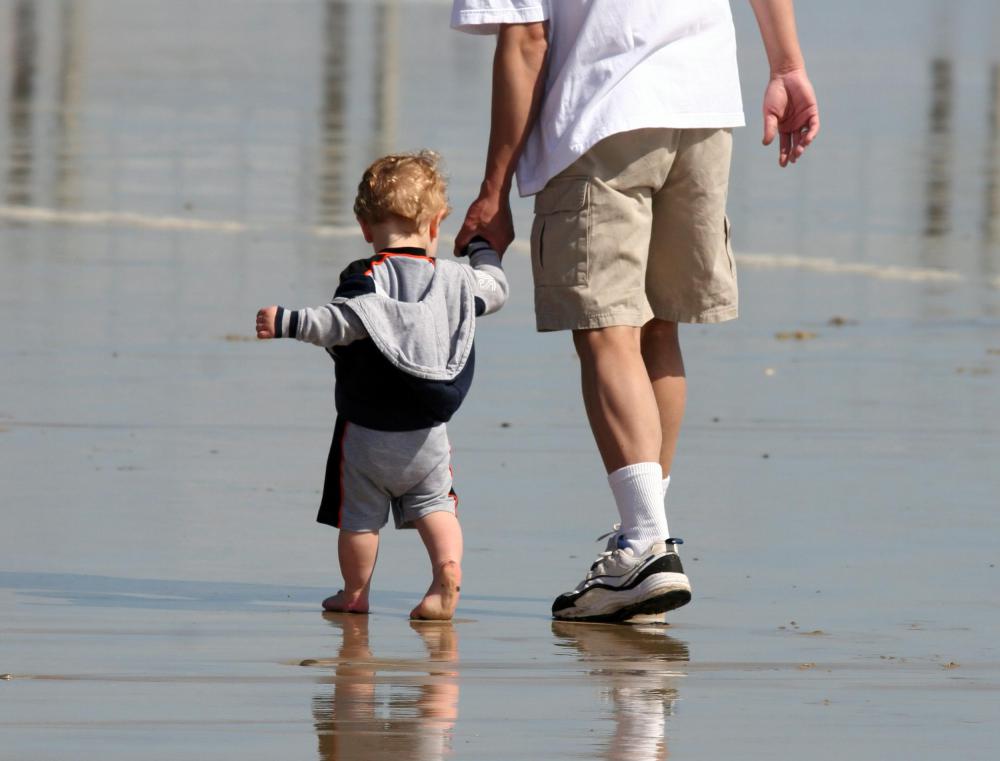At WiseGEEK, we're committed to delivering accurate, trustworthy information. Our expert-authored content is rigorously fact-checked and sourced from credible authorities. Discover how we uphold the highest standards in providing you with reliable knowledge.
What are the Different Types of Treatment for Children with Dyspraxia?
Dyspraxia is a neurological developmental coordination disorder that is present from birth. The brain knows what it wants the body to do, but has difficulty processing the signal to carry out the action. It is important to note that dyspraxia does not in any way affect the intelligence of the child who is diagnosed with this motor planning disorder. Types of treatment for children with dyspraxia include speech pathology, occupational therapy, and physical therapy. More than one treatment method is often necessary to address the disorder.
The specific type of treatment necessary largely depends upon the degree of the disorder as well as early diagnosis. Children with dyspraxia who are diagnosed at a very early age often respond better to treatment than those who are left undiagnosed until later in life. Dyspraxia can be present in three different forms: oral, verbal, and motor dyspraxia. These forms may be present separately, or in combination. Treatments for each type of this developmental coordination disorder vary.

Oral dyspraxia involves the execution of non-speech sounds, and may or may not have a direct effect on speech itself. Children with oral dyspraxia have difficulty with activities such as blowing, sucking, or whistling. This form of dyspraxia may also affect the child’s ability to swallow. Oral motor therapy is often used to treat oral dyspraxia. This may involve special exercises designed to improve the coordination and strength of the oral muscles.

Children with verbal dyspraxia often undergo speech pathology treatment in an effort to improve speech impediments. Verbal and oral dyspraxia are very closely associated, and are often treated in much the same manner. Oral motor therapy and special exercises aimed at strengthening the muscles of the lips, jaws, and tongue are also used in the treatment of speech dyspraxia.

Motor dyspraxia is generally indicated by an inability to coordinate movements or respond quickly. Children with motor dyspraxia often have difficulty with spatial organization, problem solving, processing directions, or learning new skills. Motor dyspraxia might be treated with either physical and occupational therapy or counseling. Advanced treatment methods, such as sound therapy and Neuro-Developmental Therapy, have also been effective in treating children with dyspraxia.

In many cases, children with dyspraxia also suffer from feelings of inadequacy. They will often exhibit social and behavioral problems as a result of the developmental disorder. It is important to encourage and help develop self-esteem in children with dyspraxia. Counseling is often a necessary means of treatment in order to address these issues.
AS FEATURED ON:
AS FEATURED ON:














Discuss this Article
Post your comments